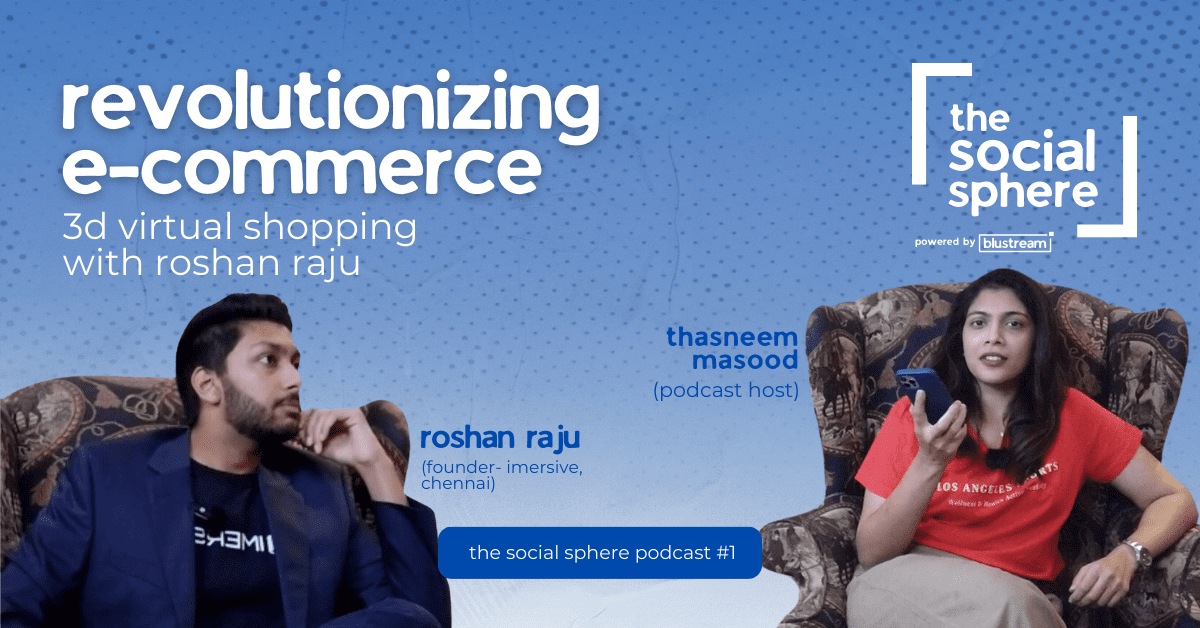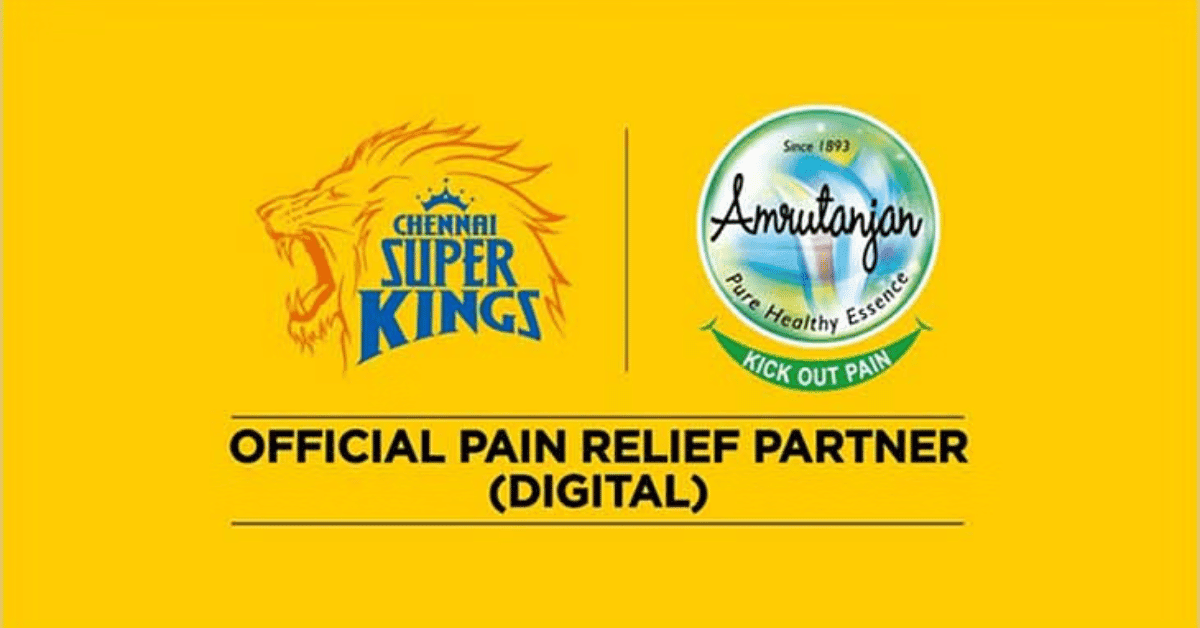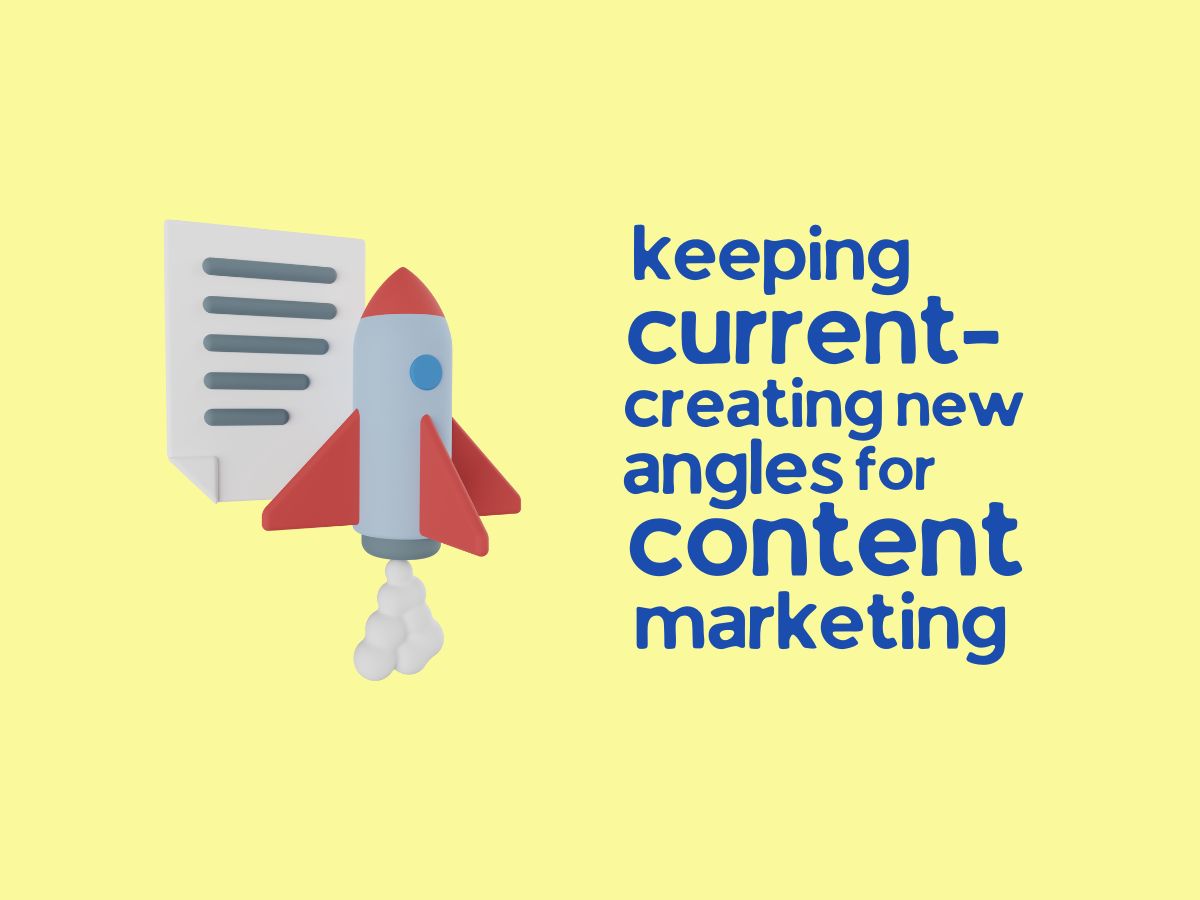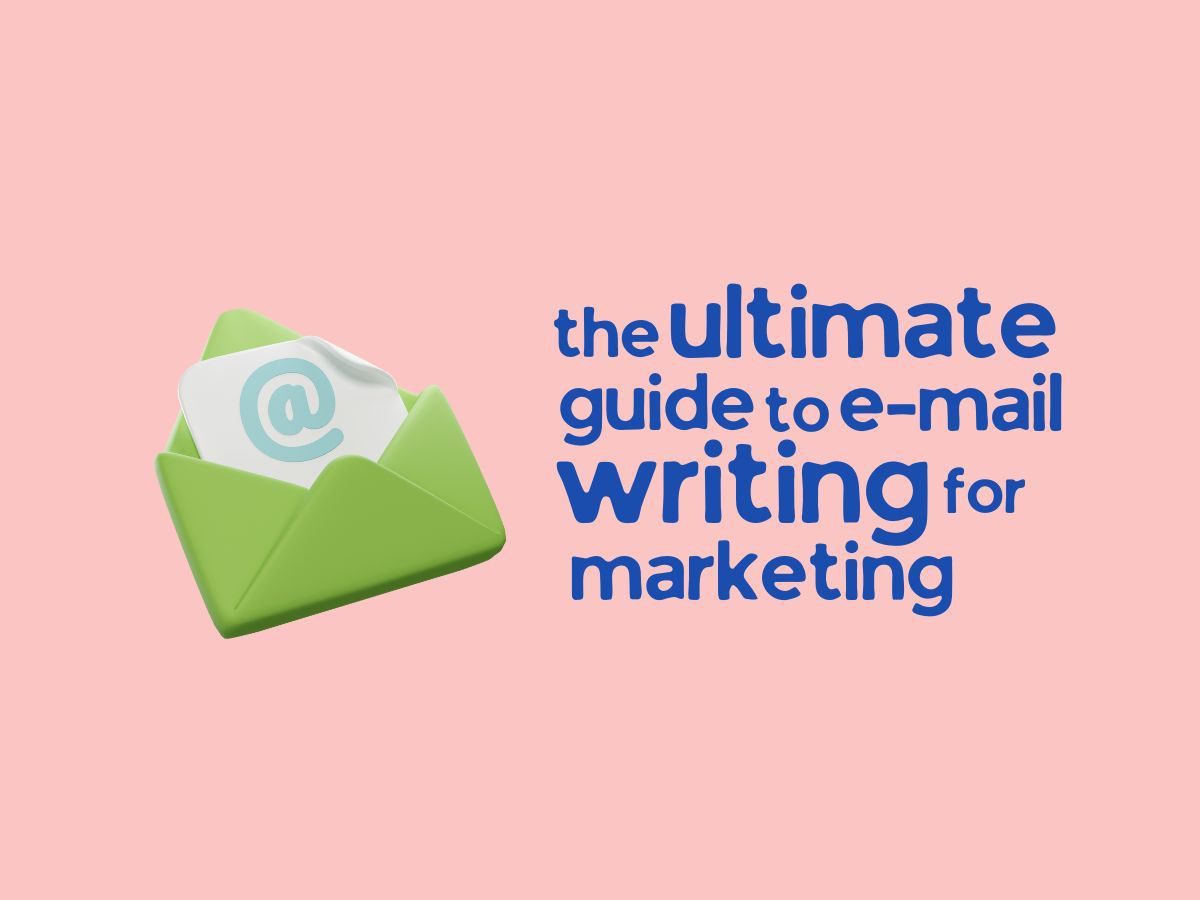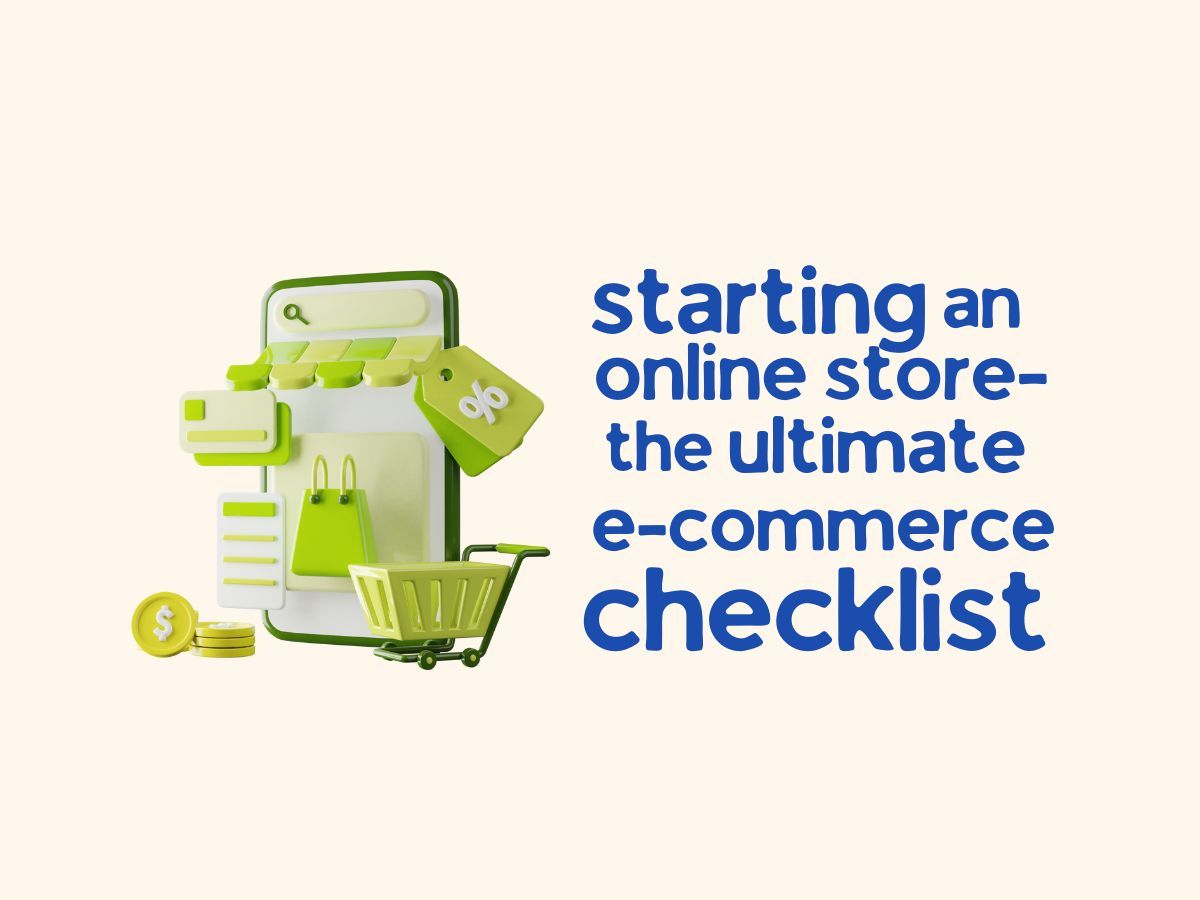What is a KPI?
KPI or key performance indicators are values that you can accurately measure to show progress. It can be used for a business or personal life, or it can be used in terms of marketing. These are essential values that you can measure and can look at those values over time to know if your progress is advancing or decreasing.
Why set KPIs?
By setting KPIs you can make sure that you actually achieve your business goals and also that will tell you if you won’t. So you can go back to your strategy and you can tweak it and try again. They can be anything that is specific, measurable, and relevant to your business goals.
For example,
- Conversion rate.
By improving your conversion rate at each step of your customer journey you can get more customers.
- Relevant audience growth
Once you have worked out all your conversion rates, you may discover that your Instagram followers are more likely to buy. So growing your Instagram following could be a KPI.
- Email subscribers
If you find that your emails are sending you more customers, then one of your KPIs could be growing your email subscribers. When you set KPIs for each phase of your digital marketing and measure it regularly, you will be able to see what’s working and you will be able to go in and adjust your marketing as you go.
Where do you start with KPIs?
Start with your goal and work backwards through the funnel.
- Awareness – It helps you to broaden your audience, so you can use things like organic social, advertising, influencer marketing, and large content projects, to help you reach new people. To set a KPI for this, you are looking to grow your audiences on the specific networks and channels that drive the most sales. Start by defining the channels, that are driving the most sales, then devise a plan that is going to help you increase your audience on those channels, and measure the relevant audience growth over time.
- Consideration – is the phase, where people are a little bit further through the customer journey and they’re thinking about buying from you. To move more people onto the next phase, you need to reassure them that they are making the right decision. So content like testimonials and case studies, user-generated content, blog posts, and videos that answer every question that your customer may have is what works here. The more of this type of content your customers consume the more likely they are to buy.
What KPIs should we set for this?
- You can look at the number of pages viewed by each visitor to your website.
- Look at views on key content that is designed to convert.
- The time that people spent on your website.
- Link clicks to sales content from your social media channels and your emails.
- The number of email subscribers you have.
- The number of enquiry forms that are filled in.
- The number of people that are adding your product to the cart.
- Sell– This is the ultimate goal. The obvious KPI for base is sales. But there are other metrics we can measure to see how successful our sales process is. This is where the conversion rate comes into its own. For your KPIs, you want to look at the conversion rate for each phase of the buying process. So from a website visitor to a landing page view, from a landing page view to somebody filling in an enquiry form, from an enquiry form to you setting up a sales call, from there to making the sales.
Set the right KPIs for your campaign – Tips
- Choose KPIs that are appropriate for the campaign’s position in the sales funnel. A direct response agency means that they’re not interested in things like clicks and impressions. When they can, they want to get down to sales and revenue. When a campaign’s primary goal is awareness or reach, they will look at things like impressions clicks, post-per-click, click-through-rate, and even video completions to tell how well or campaign is resonating with the target audience.
- Be aware of the limitations in your data structure.
The level agency uses the client’s system of record whenever possible for setting KPIs. This is great when the client’s system of record works as it should. When the CRM and marketing automation platforms and the advertising platforms themselves, all talk to each other and pass information between one another, that’s not always the case. If your systems aren’t talking to each other, if we are not passing UTM parameters or other advertising identifiers from the advertising into the sales platform or CRM, we can’t use those metrics as KPIs. That is why it is so important to set up your tracking. If you are not storing information from your advertising campaigns in your CRM, in your sales platform, or your other advertising system of record, you should be.
- Choose KPIs that operate on a reasonable time scale. Even if your campaign golds are tied to revenue or other direct sales KPIs, if you have a long sales cycle, it can be really hard to use those Metrics to optimize an advertising campaign. You have to go up the funnel to find the directional KPI that will tell us what the sales will be like in the future.
- Evaluate and optimize.
Once you have established good KPIs and benchmarks or targets that tell you how you are doing against each of those KPIs, it is time to set up a regular reporting schedule. KPIs are only good if they are useful. This means that you need to track your progress against them, and the actions that are coming out of those meetings consistently.






